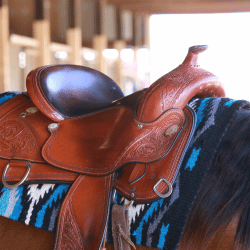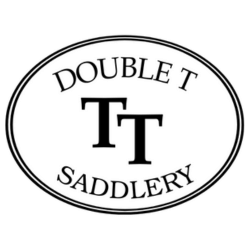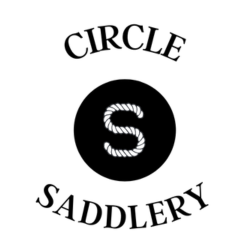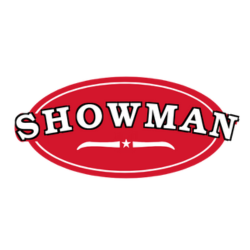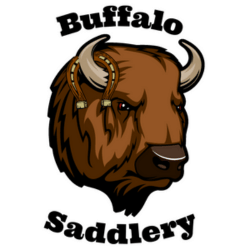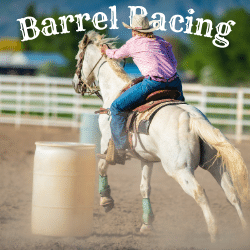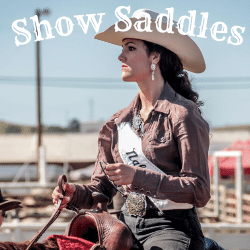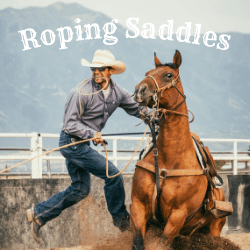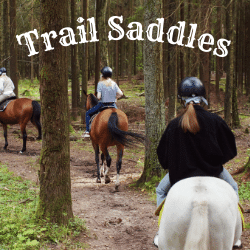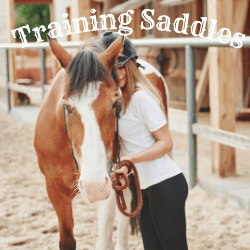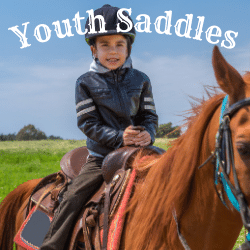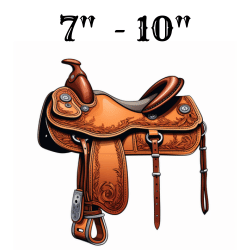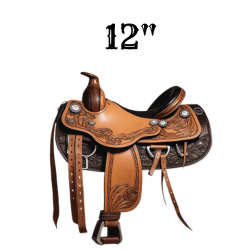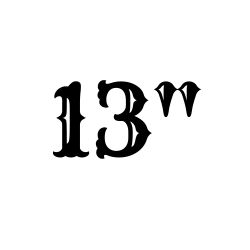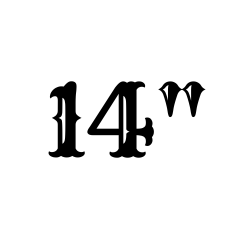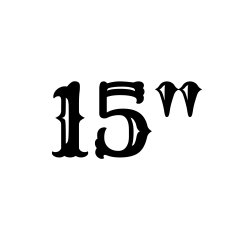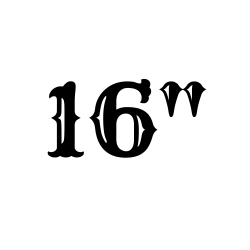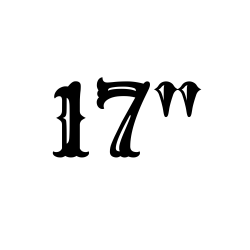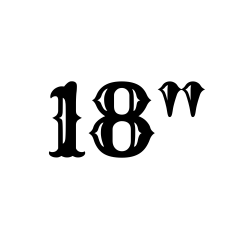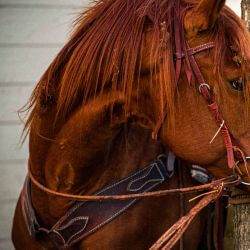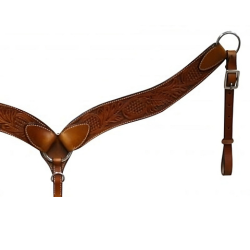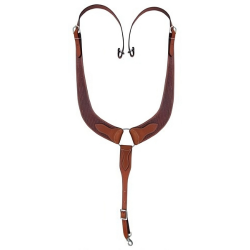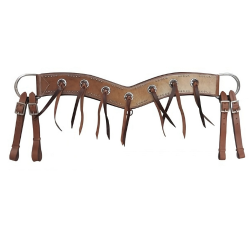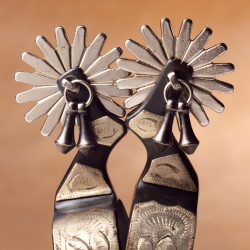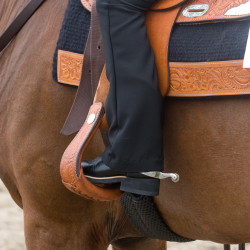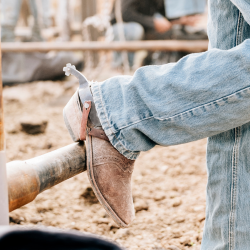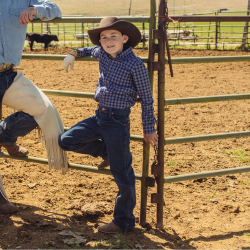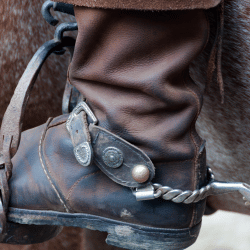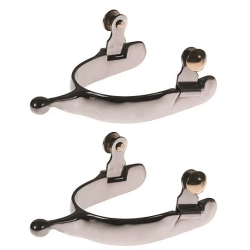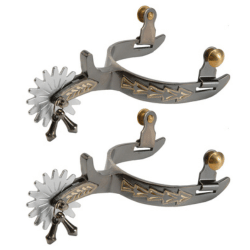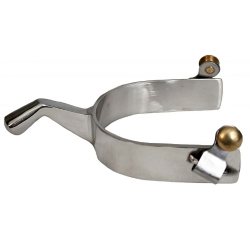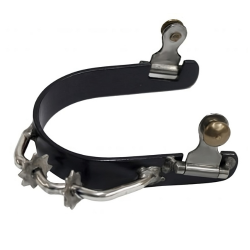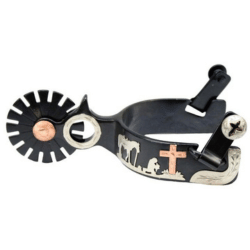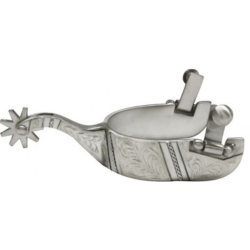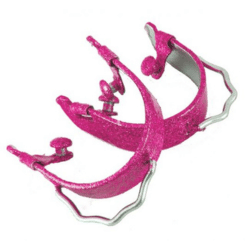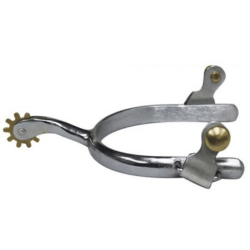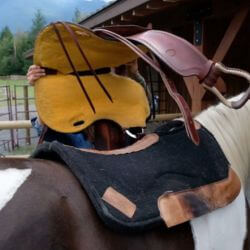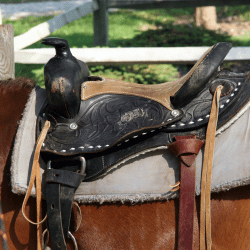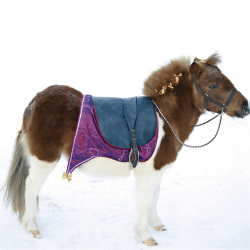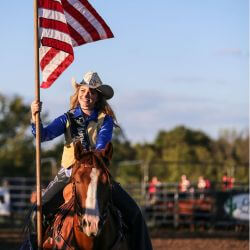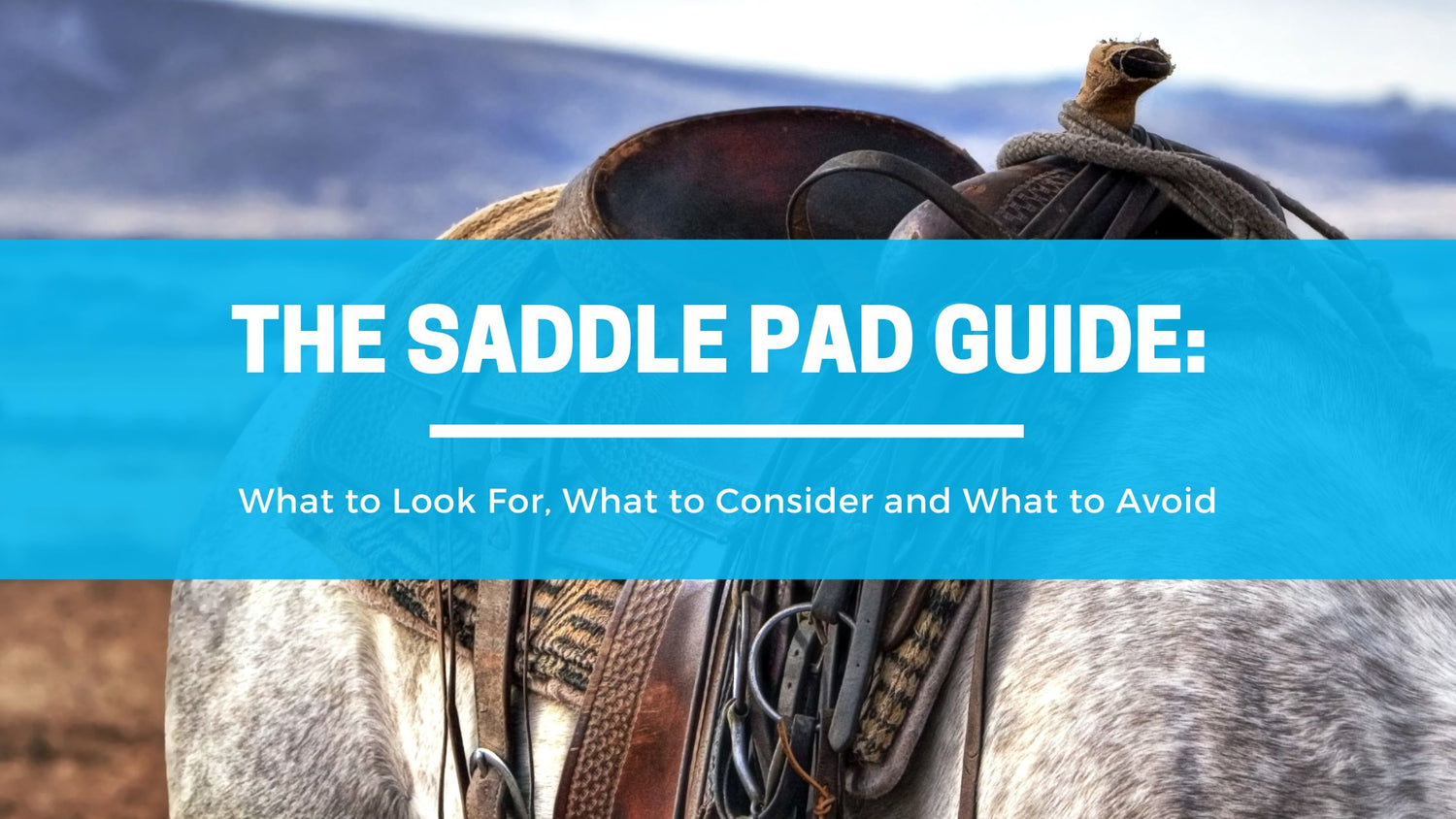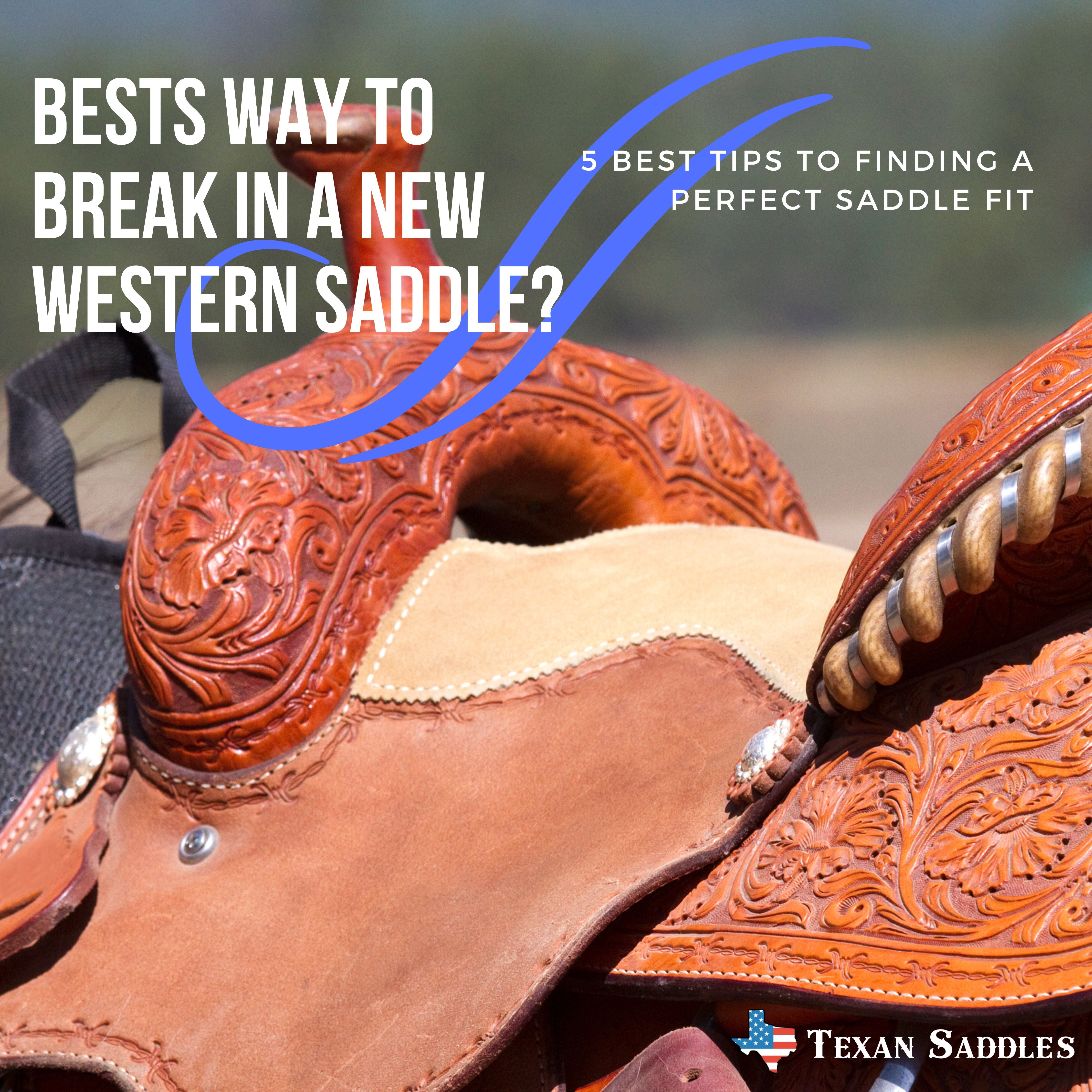A saddle pad can make your ride more comfortable, help keep you cool and prevent chafing. It's an essential part of your horse preparation that should not be overlooked. The first time you put on a riding vest or helmet, someone probably gave you advice about the importance of a good saddle pad. But how much attention did you pay? We bet not enough! A good saddle pad will keep your saddle from squeaking, protect your horse’s back from friction and provide cushioning between the two of you. To find the right pads, we spoke with four experts: Cathy Redeke Voss, who owns Equus & Company in Caledon; Janis Johnson, owner of Saddle Up Dressage in Virginia; Melissa Lang, manager at Hunter Ridge Performance Horse Supply in Oklahoma; and Mary Ann Burleson, founder of The Horse Tailor in Texas
What to look for in a saddle pad?
The first thing to look for is the width of the pad. The saddle must be placed at the correct distance from the horse’s spine, so a saddle pad that is too narrow could cause pressure on the horse’s spine. The length of the pad should extend over the horse’s loin to prevent chafing. The depth of the pad should be such that the girth can be placed on top of the pad, not underneath it. A good pad will have a durable outer shell and be made of synthetic materials. Leather is an option, but it can get too hot during warm weather.
Saddle pad materials
The most common materials used to make saddle pads are synthetic (nylon and fleece) and wool. Synthetic materials are easy to clean and typically don’t hold odors. Wool is also easy to clean and has natural anti-bacterial properties, but it does tend to hold odors. Cotton saddle pads are no longer considered appropriate for riding. They are not durable enough and do not provide the level of comfort and support required by many horses today.
How to fit a saddle pad
You may be tempted to just throw the pad on top of your horse’s back and hope it stays in place. But the following tips from experts will help you fit the pad so it stays put, protects the horse and keeps you comfortable. The pad should sit firmly on the horse’s back, but should not be so tight that it causes bunching or rubbing. When you slide a girth over the pad, you should be able to see 1-1.5 inches of the pad on each side of the girth. The pad should extend past the loin and be long enough to cover the cantle of the saddle.
Other factors to consider
Although the pad is an important part of the equation, you should not overlook the importance of the saddle itself. - The saddle must fit your horse correctly, so that it does not put pressure on any part of the horse’s body. - If your saddle is old, broken in or just doesn’t fit well, you may have to buy a new one. - An off-the-shelf saddle does not guarantee a perfect fit and custom-made saddles can cost thousands of dollars. - If you can’t afford a new saddle or if you don’t want to invest that much money, you can have your saddle re-covered or try a different pad. - If you have a synthetic saddle pad, you can try a sheepskin pad. If you have a wool pad, try a synthetic pad.
What to avoid?
If you are going to buy a used pad, make sure it is in good condition. Check the stitching and make sure there is no fraying or piling. If you are going to buy a synthetic pad, make sure that it is not too thick. Synthetic materials do not breathe well, so a thick pad might make your horse too hot. If you are going to buy a wool pad, make sure it does not have excessive lanolin. Excessive lanolin will stain your horse’s coat and make it difficult to clean. If you are going to buy a cotton pad, make sure it is a good quality. Poor-quality cotton pads can be too thin and insufficiently supportive, or they can be of the woven variety and not absorbent enough.
Conclusion
The saddle pad is an essential part of any rider’s gear. You should be as meticulous about choosing a saddle pad as you are about selecting your saddle. A good saddle pad will make a ride more comfortable for both you and your horse. It will also help prevent chafing and keep your saddle in good condition. When you shop for a saddle pad, don’t just grab the first one that catches your eye. Take the time to find the pad that best suits your needs.

